1994, Rwanda: ‘Never Again’
The killing of Tutsis, moderate ethnic Hutus, and others by Hutu extremists begins on 7 April; after 100 days of systematic bloodshed, 800,000 Rwandans are dead. A UN peacekeeping operation fails to stem the genocide, undermined by Belgium, which drops out following attacks on its troops. UN commander Roméo Dallaire later declares the operation a failure, and reveals he had warned UN headquarters of the pending violence but was denied authority to take action on extremists prior to the start of the genocide. The US, with the Yugoslav breakup underway and the Black Hawk Down debacle in Mogadishu a year prior, is reluctant to intervene. French forces that do enter Rwanda are accused of a biased military expedition.
In the aftermath, the international community reaffirms “Never Again,” a vow made during the 1948 Genocide Convention.
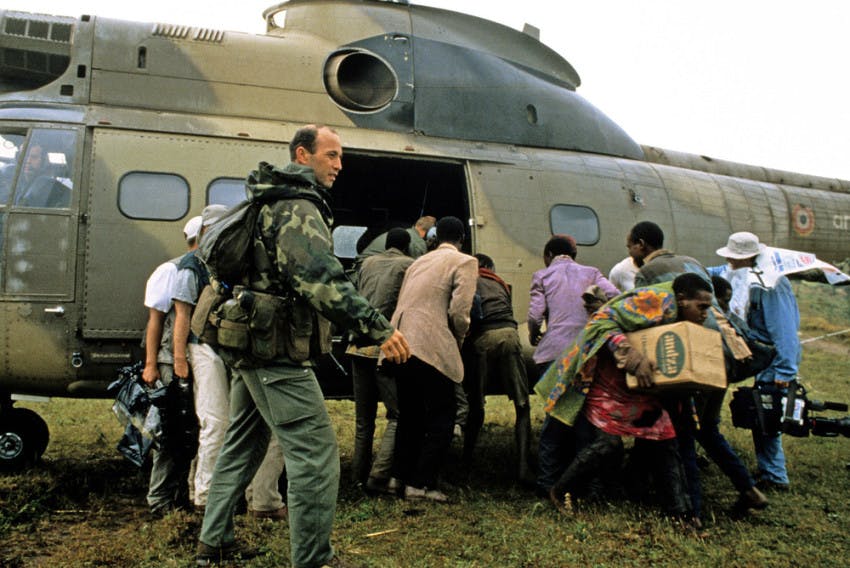
From the Archives:
UN inquiry on its role in genocide starts (June 1999)
"Our never again means never again", Kagame vows (April 2004)
Rwanda, Part 2: What humanitarians need to remember 25 years on (April 2019)
1995, Srebrenica: Civilian massacre
One year later, Dutch UN peacekeepers stand by as Bosnian Serb forces massacre more than 7,000 Muslim men and boys in Srebrenica. The blue helmets did not lack authority on paper: The town was one of several designated as ill-defined “safe areas” by the UN Security Council. An influential book, by Francis Deng and others in 1996, presents the case for “Sovereignty as Responsibility,” charging that sovereignty can not be used as a cover for non-intervention when states do not uphold responsibilities for their citizens’ welfare.
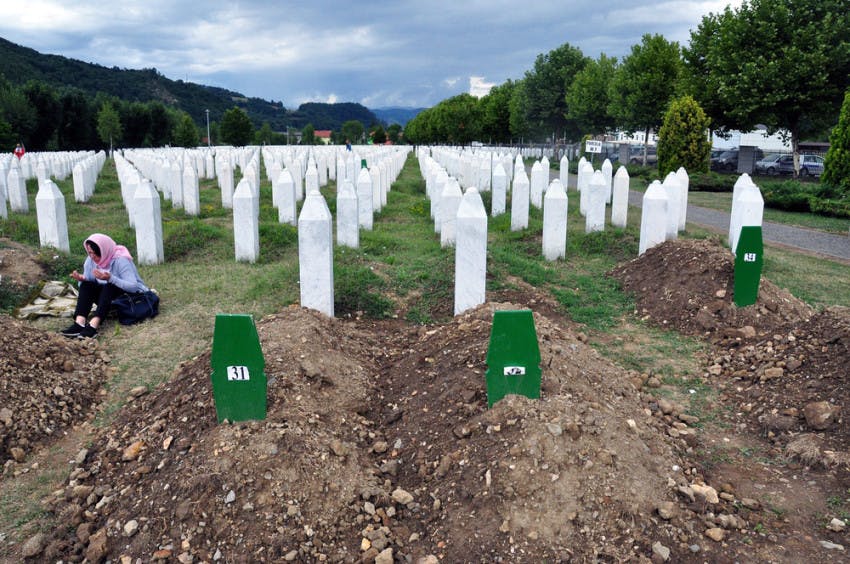
1999 - 2001, Kosovo and new directions in intervention
In 1999, NATO justifies military intervention, ostensibly to protect Albanians in Kosovo from Serbian-domainated Yugoslav forces on humanitarian grounds. The operation did not seek UN Security Council backing. While an Independent Commission on Kosovo later concludes that the intervention was “illegal but legitimate,” given that all diplomatic avenues had been exhausted, critics say it is an example of “humanitarian intervention” being used selectively to camouflage political objectives.
In 2001, the International Commission on Intervention and State Sovereignty – a group independent of the UN and backed by Canada – publishes its report “The Responsibility to Protect”, shifting the emphasis from any suggestion of a “right to intervene.” It asserts that even though states hold the ultimate responsibility for their population’s welfare, if a state is unwilling or unable to fulfill that responsibility, or itself is the perpetrator of atrocities, then a “residual responsibility” to protect lies with the international community.
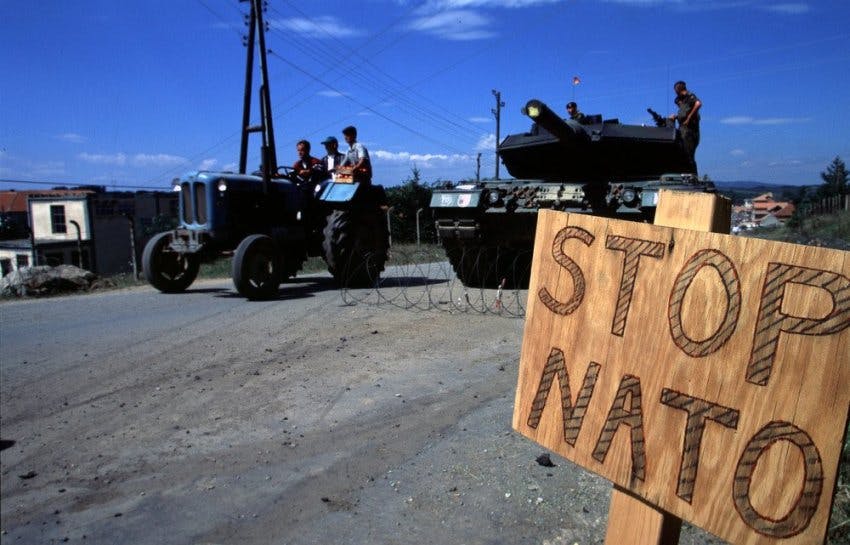
2003, Darfur: Ethnic cleansing and genocide
Divisions in Darfur turn violent, with forces allied to the Khartoum government accused of widespread ethnic cleansing. The conflict presents another test of the international community’s willingness to intervene. Over a period of years a series of peacekeeping models were attempted, with mixed results and none tackling the Sudanese military or its allied forces head-on. Various iterations led in 2007 to a joint UN-AU peacekeeping mission, UNAMID, which closed in 2021, triggering an upsurge in violence.
In 2009, the International Criminal Court charges former president Omar al-Bashir with crimes against humanity and genocide, making him the first head of state to be wanted by an international court.
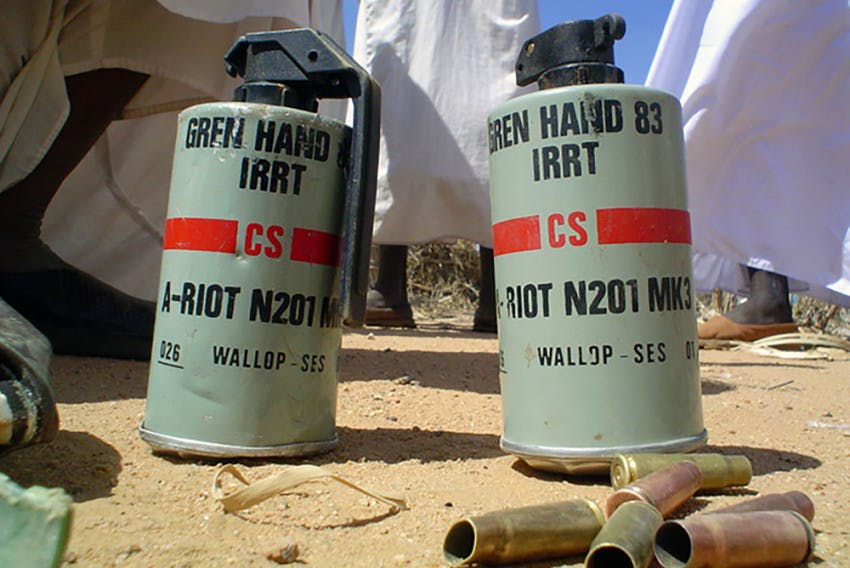
From the Archives:
2005, UN: R2P unanimously adopted
A UN High Level Panel on Threats, Challenges and Change backs R2P in late 2004, arguing that the UN Security Council can and should authorise military intervention when sovereign governments are “powerless or unwilling” to stop genocide or mass abuses.
The concept is unanimously adopted at the World Summit, affirming the UN Security Council’s ability to authorise force “should peaceful means be inadequate and national authorities are manifestly failing to protect their populations from genocide, war crimes, ethnic cleansing and crimes against humanity.”
The doctrine is “based on an underlying body of international legal obligations”, according to the UN, and signals a political commitment to view sovereignty and collective security in a way that makes intervention an option of last resort.
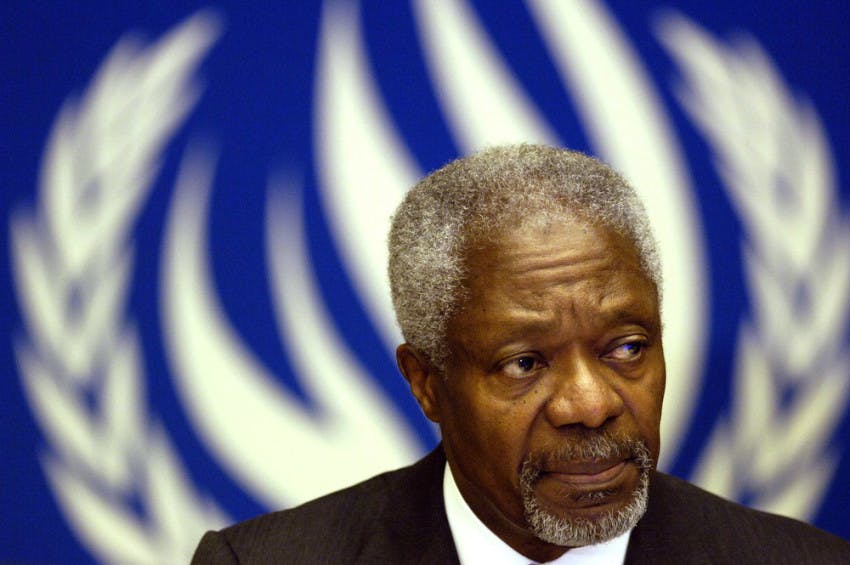
2009, Sri Lanka: Mass violence
Sri Lanka’s civil war reaches a bloody conclusion, with the government accused of indiscriminate bombings, including attacks on displaced people in its assault on a final pocket of rebel territory. The UN ineffectually “reminds” the government of its responsibility to protect at the time. A review finds a “vacuum of inaction”, and that differences over the interpretation of R2P at the UN “had become so contentious as to nullify its potential value”.
From the Archives:
Hundreds escape fighting, thousands still trapped (February 2009)
Conflict timeline (April 2009)
The dangers of promising to protect (May 2010)
2011, Libya: Intervention approved by UN Security Council
In March, the UN Security Council authorises a no-fly zone and “all necessary measures” to protect civilians under threat of attack in the country as Muammar Gaddafi’s government bombs rebel strongholds. The resolution says attacks “may amount to crimes against humanity”. Several states abstain on the UN vote, but a subsequent campaign by a NATO-led coalition results in the overthrow and death of Gaddafi in October. Libya comes to be seen by critics as another case of “humanitarian intervention” being a cover for regime change. India’s UN ambassador says later, “the Libyan case has already given R2P a bad name.”
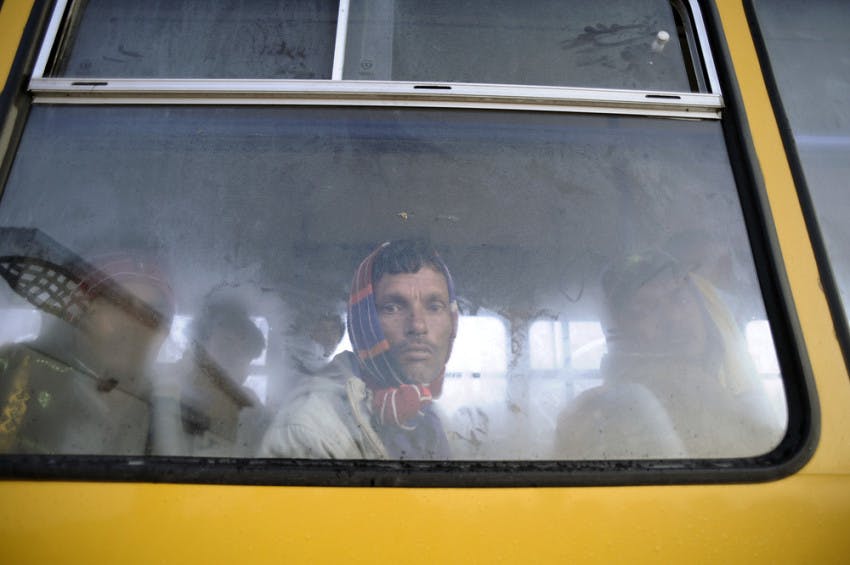
From the Archives:
Timeline of key events since February 2011 [Libya] (April 2011)
What the analysts are saying (February 2012)
2011-2012, Syria: Assad and “red lines”
The first report of the UN-appointed Independent International Commission of Inquiry on Syria finds that gross human rights violations and crimes against humanity have been committed by the Syrian military and armed forces. Russia and China veto attempts to invoke R2P at the Security Council as Secretary-General Ban Ki-moon says the world is failing to uphold its “Never Again” vow.
The following year, US President Barack Obama says the use of chemical weapons by the Assad regime would be a "red line", triggering American intervention. Obama has on staff Samantha Power, a prominent US advocate for intervention on humanitarian grounds. On the one-year anniversary of Obama's red line speech, the Syrian government crosses that line, using chemical weapons during the Ghouta attacks. The US does not intervene.
From the Archives:
Civil war becoming a real danger in Syria (September 2011)
Governments falling short on R2P, says new study (January 2012)
New report on R2P challenges humanitarians (February 2012)
The politics of preventing genocide (December 2013)
2015, UN: Ten years on, taking stock
On the ten year anniversary of R2P’s adoption, the UN takes stock of efforts to uphold the commitment. Continued failures of the international community to prevent atrocities, including intercommunal violence in the Central African Republic and South Sudan as well as the rise of the so-called Islamic State and its deliberate attacks against religious minorities, demonstrate its limits. While there have been advances in both identifying risk factors for atrocity crimes and prevention strategies, the report finds that the “case for accelerating implementation could not be stronger.”
2021, Myanmar: Calls for intervention
As violence and repression intensifies after a military coup overthrows election results, protesters across Myanmar call on the international community to step in. Some protestors are seen with signs including a huge “We Need R2P” banner and “R2P – Save Myanmar”. Gareth Evans, co-chair of the International Advisory Board for the Global Centre for the Responsibility to Protect, and a co-author of the report coining the phrase, notes the crisis should be unequivocally treated as a case where R2P applies. While military intervention appears unlikely, Evans calls for other R2P tools, such as sanctions, embargoes, and threats of ICC prosecution.